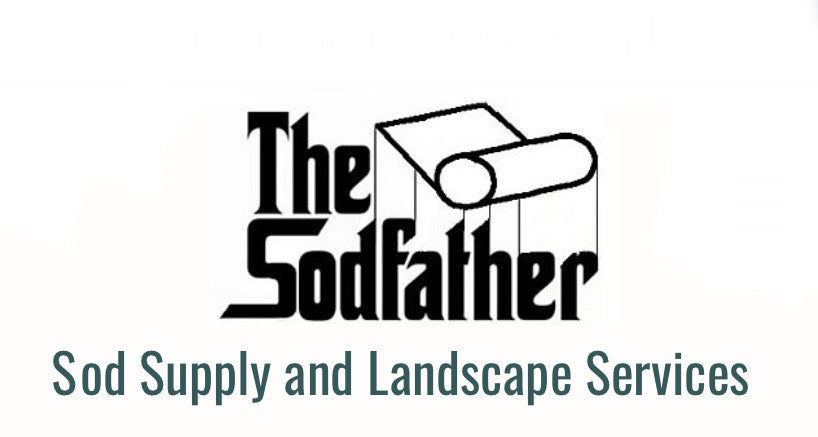
The Role of Sod in Carbon Sequestration and Climate Change Mitigation
Introduction: As concerns about climate change continue to grow, homeowners are seeking ways to reduce their carbon footprint and contribute to environmental sustainability. In this blog post, we'll explore the role of sod in carbon sequestration and climate change mitigation, highlighting how sod installation can be a valuable tool for environmental stewardship.
1. Carbon Sequestration: Sod plays a vital role in carbon sequestration, the process by which carbon dioxide (CO2) is removed from the atmosphere and stored in soil and vegetation. Like all plants, grasses absorb CO2 during photosynthesis and convert it into organic matter, which is then stored in their roots, stems, and leaves. This helps reduce the concentration of CO2 in the atmosphere, mitigating the effects of climate change.
2. Soil Health and Carbon Storage: Sod installation contributes to soil health by improving soil structure, enhancing water retention, and promoting microbial activity. Healthy soils act as carbon sinks, storing large amounts of organic carbon in the form of humus and soil organic matter. By increasing soil organic carbon levels through sod installation, homeowners can help mitigate climate change while also improving the fertility and resilience of their landscape.
3. Reduced Energy Consumption: In addition to its direct role in carbon sequestration, sod also helps reduce energy consumption and greenhouse gas emissions associated with lawn maintenance. Compared to traditional landscaping options such as paved surfaces or artificial turf, sod provides natural cooling effects, reduces urban heat island effect, and improves air quality. This can lead to lower energy bills, reduced reliance on fossil fuels, and decreased emissions of carbon dioxide and other greenhouse gases.
4. Biodiversity and Habitat Creation: Sod installation promotes biodiversity and creates habitat for a variety of plant and animal species. Healthy lawns provide food, shelter, and nesting sites for birds, insects, and other wildlife, enhancing local ecosystems and supporting biodiversity conservation efforts. By incorporating sod into their landscapes, homeowners can help create green corridors and wildlife habitats in urban and suburban areas, further contributing to climate change resilience and ecological sustainability.
Conclusion: In conclusion, sod installation plays a multifaceted role in carbon sequestration and climate change mitigation. By promoting carbon storage in soils, reducing energy consumption, and enhancing biodiversity and habitat creation, sod helps homeowners make meaningful contributions to environmental sustainability. Whether you're looking to reduce your carbon footprint, improve soil health, or create a more resilient landscape, sod installation offers a practical and effective solution for combating climate change and building a greener future.
